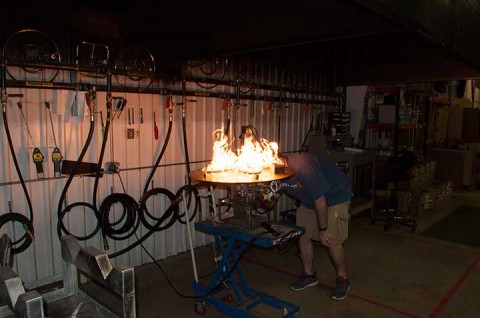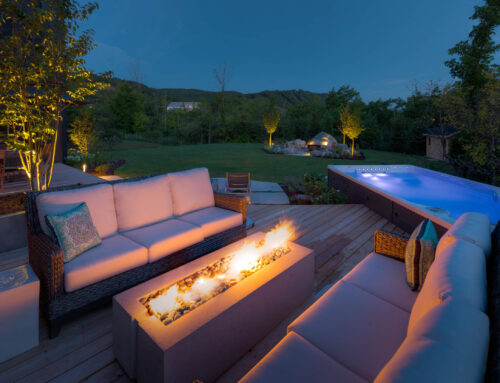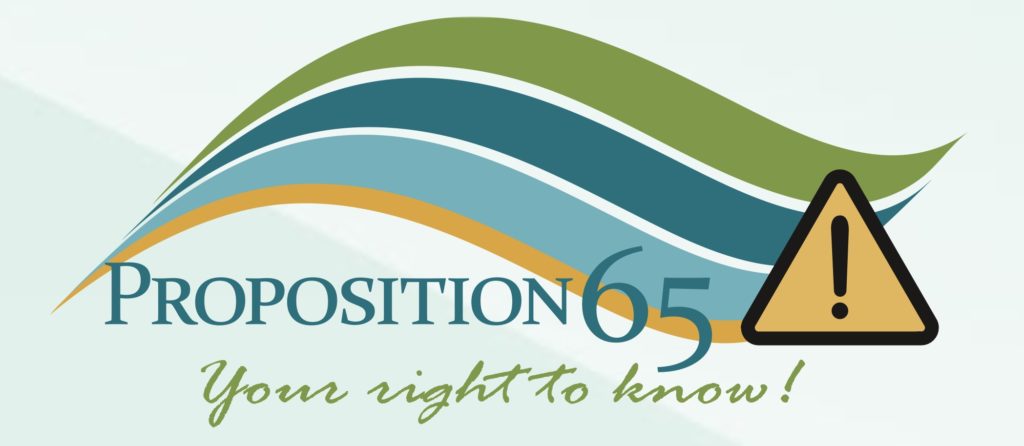
Gas fire pits add so much to outdoor environments, whether in residential or commercial applications. The fire pit becomes an irresistible focal point of its environment and allows users to take advantage of outdoor spaces for more hours in the day, more days in the year.
When planning to add a fire pit to your setting, there are many considerations: fire pit size, shape, BTU output, ignition system, and more. All of these variables can be discussed with a landscape architect or installation professional to ensure you have the right fire pit for your intended use. And all of these pros will recommend that the fire pit insert you choose meets critical safety and performance standards.
What is the standard?
Gas fire pits, by nature, can pose serious hazards to users. That is why the Canadian Standards Association (CSA) and the American National Standards Institute (ANSI) publish the harmonized standard of CSA 2.41-2014/ANSI Z21.97-2014, Outdoor decorative gas appliances. This standard is intended to ensure that a fire pit has been thoroughly tested by an accredited testing laboratory to meet specified safety and performance requirements. Fire pits that are tested to, and meet, the standard can wear the symbol of the testing organization certifying that, indeed, the fire pit meets the standard.
CSA and UL: accredited to test-fire pits
The CSA and Underwriters Laboratory (UL) are two entities accredited to test-fire pits to ensure compliance with CSA 2.41-2014/ANSI Z21.97-2014, Outdoor decorative gas appliances. When a fire pit is tested by either CSA or UL and is certified to meet the standard, you can be assured it will live up to the safety and performance promises of the manufacturer.
Is certification really that important?
In a word: yes! Fire features are gas appliances and gas is highly combustible. A fire pit that has not been properly tested and certified may pose a greater risk of malfunctioning, causing harm or death to users and their guests. Another possible scenario is when a non-certified fire pit malfunctions and causes damage to the users or surrounding property. In such cases, insurance companies will likely deny claims due to use of a faulty non-certified appliance, shifting the burden of out-of-pocket costs to the owner of the fire pit.
Are certified fire pits more expensive?
Manufacturers who care enough to certify their products to the correct standards – and to keep their certifications current — bear the cost for ongoing testing of their products. The additional amount a buyer pays for a certified fire pit is well worth the investment in added safety, security, and warranty coverage. HPC thoroughly tests every product before it leaves the factory to ensure the highest quality standards are met. In addition, HPC does significant life testing on their products to ensure they will last.

Every fire pit we make is thoroughly tested before it leaves the facility.





